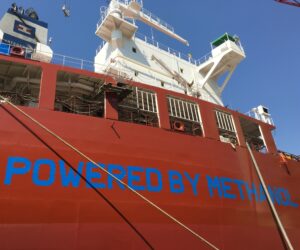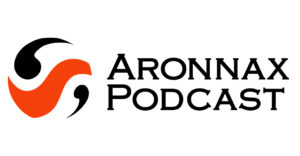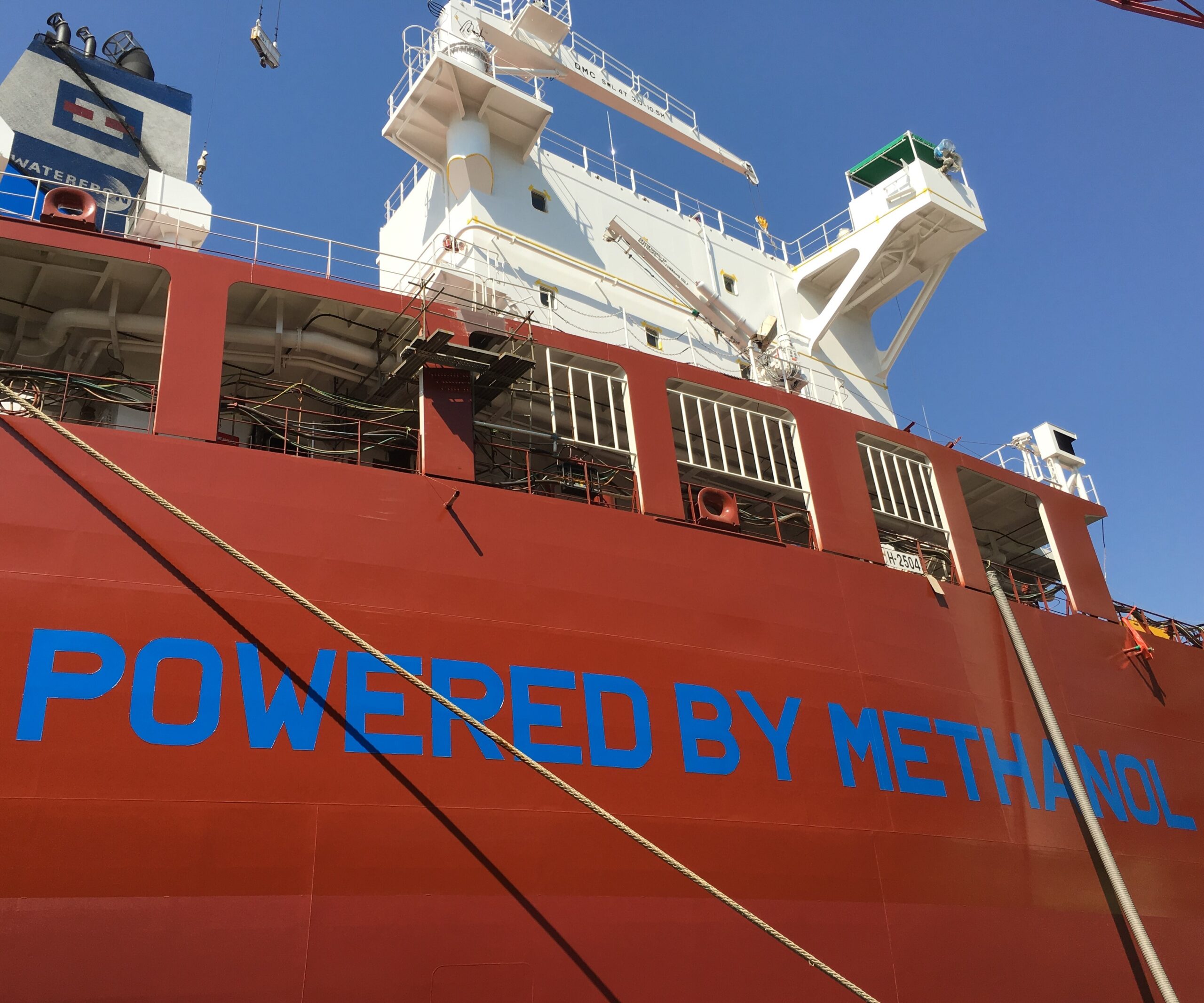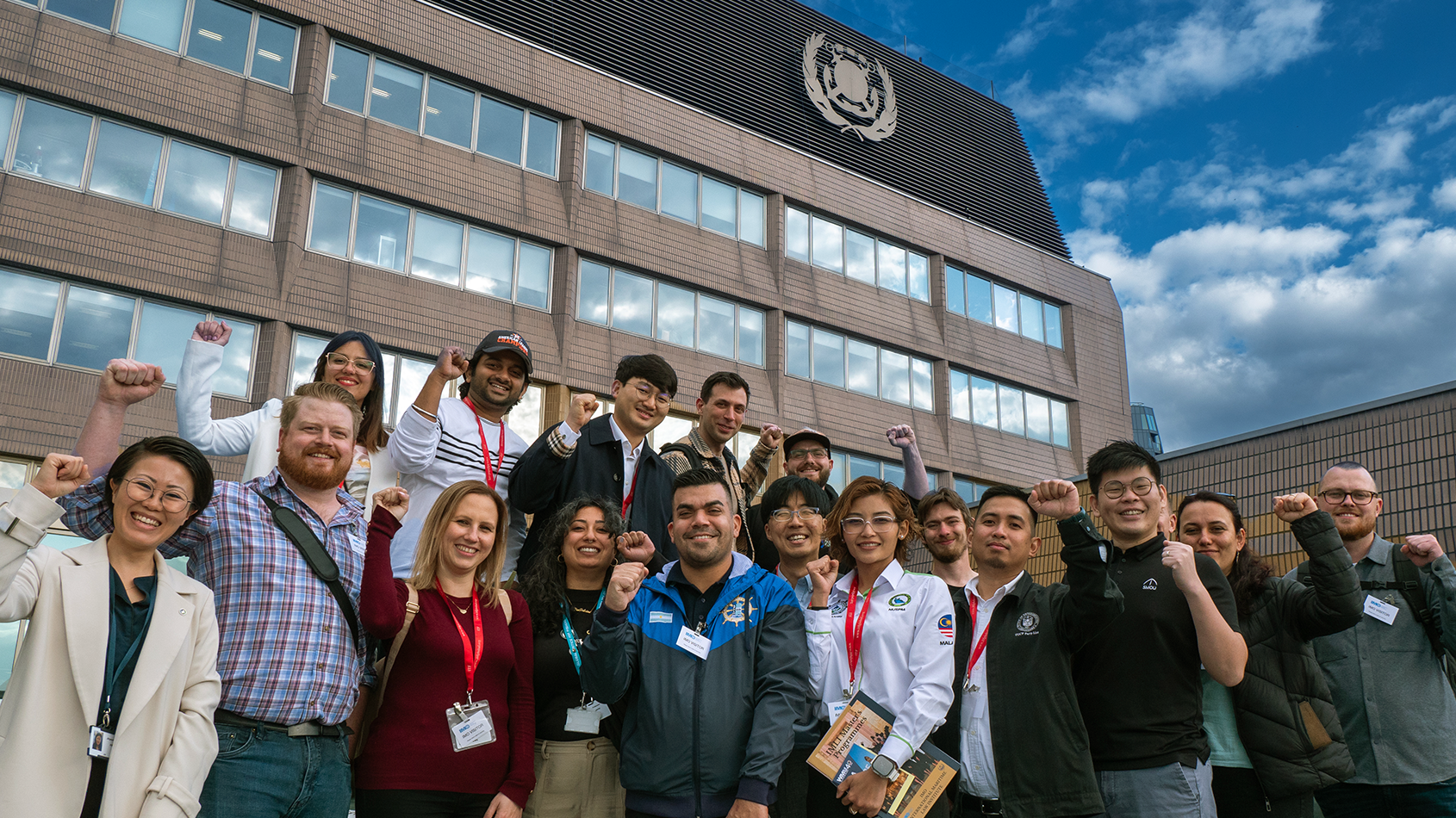Can digital training data unlock the insights shipping needs to improve its safety record?
Poor inspection or audit performance can be an indicator that an incident is on its way. And after a sub-par audit – or worse, an actual incident – increasing training is a rationale response. But as the ability to analyse the delivery of training and its impact improves, owners and operators could soon be better placed to ensure that such events are avoided in the first place.
There is no doubt that training is linked to safer operations. Ocean Technologies Group (OTG), a company that offers online seafarer training, human resources and fleet management software, has combined its own database with commercially available reporting on port state control inspections to assess how it can reduce customers’ deficiencies and detentions. But while data can be used retrospectively to show success, using it proactively to prevent incidents is a bigger challenge.
Part of the challenge is that perennial complaint of frustrated teachers, attitude to learning. Take the ‘dip and bounce’ trend noted before and after an incident. Educationalists know that frequent, bite-size lessons applied consistently lead to better retention than sporadically applied marathon lectures. But when faced with the pressures and worktime constraints of operating a vessel, which is more likely; taking an hour a month to complete a required course over six months, or doing six hours as a compliance deadline looms and then forgetting about it for another five months?
Another element is visibility. Until relatively recently it was nearly impossible to have any insight into what training was actually being delivered onboard. A supplier could see which videos were being placed in the onboard library, but not who watched what or when. For OTG, operating at the nexus of human resources and training, the digital transition has enabled it to show its customers exactly that. Overlaying this information with data on ship deficiencies, incident reporting and global safety statistics can highlight potential gaps in training regimes.
OTG Chief Creative Officer Raal Harris explains: “What we sometimes see is a little bit of a disconnect between where the issues are, whether they’re coming out of global data on incidents or trends that are observed across companies – and the learning strategy in place to respond to that. I’m not saying that operators are ignoring issues, but we can now see that more could be done to align the two.”

Bridging the gap
A simple example of this observed disconnect can be seen by comparing inspection deficiencies with completed training activities. In an example presented at a customer event last month, OTG showed how a sample ship operator whose biggest area for deficiencies, fire safety, had also been the least taken training course. Finding a way to dynamically reprioritise topics, and to maintain consistent rather than sporadic training amongst crew in key areas, are among the biggest opportunities of a more integrated, data-driven approach to safety.
There are limitations to assessing crew capabilities through online training uptake. Harris notes that there is still limited visibility on real-world training, which could have a much greater impact on operations. And while insights on the link between training and safety can already be harnessed by the individual operator, commercial considerations on the part of both operators and training providers will need to be addressed before any wider dissemination that might drive change at an industry level.
As always with data, the key to delivering useful insights is integration. OTG’s presence across multiple software areas offers the prospect of even greater data insights, but integrating the platforms with each other and then with ship operators’ own systems will be a crucial next step. The company’s integration of its own services is already underway. A single ‘launchpad’ covering all six software areas will be launched this year. OTG has also partnered with software integration specialist SnapLogic to enhance connectivity with customers’ platforms.
Acting on the insights delivered from greater integration is almost the easy part of the process. With the right data analysis in place, training delivery can be tailored and optimised on a company or even individual seafarer basis. Used effectively, training data could unlock the improvements that shipping needs to aim for a safer future.
Related stories

Crew training is a crucial factor for efficient BWTS operations, says Optimarin




Aronnax: July 3rd



Aronnax: June 19th


































